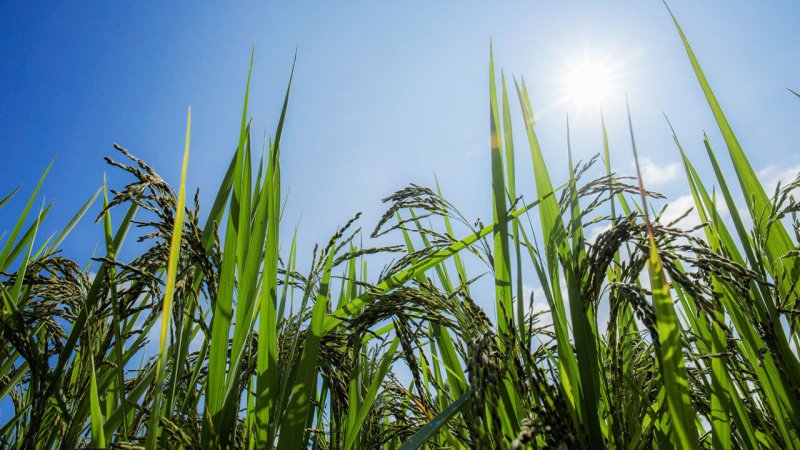The goal is to produce twice as much food using half the land and half the inputs. These changes are needed to feed 10 billion people by 2050, while simultaneously addressing the climate emergency.
Scientists and technological entrepreneurs in The Netherlands have shown this is possible. The Netherlands is a small country with a cool climate and 1350 inhabitants per square mile. Nevertheless, it has become the world’s top exporter of potatoes, onions and tomatoes and the second largest exporter of vegetables.
…
Outdoor farmers have doubled their potato yields using precision agricultural techniques, including drone surveillance and autonomous tractors. Greenhouse lettuce farmers produce on one acre as much as 10 outdoor acres while requiring 90% less water and 95% fewer chemicals.
This productivity of Dutch farmers is made possible by combining advanced plant breeding techniques with the best traditional, organic, regenerative and greenhouse farming methods.
The transient reprogramming of crops during the growing season constitutes another breakthrough technology… RNAs delivered by using… sprays will enable farmers to increase their yields by altering time of flowering, fruit ripening or drought tolerance in response to changes in local weather.































